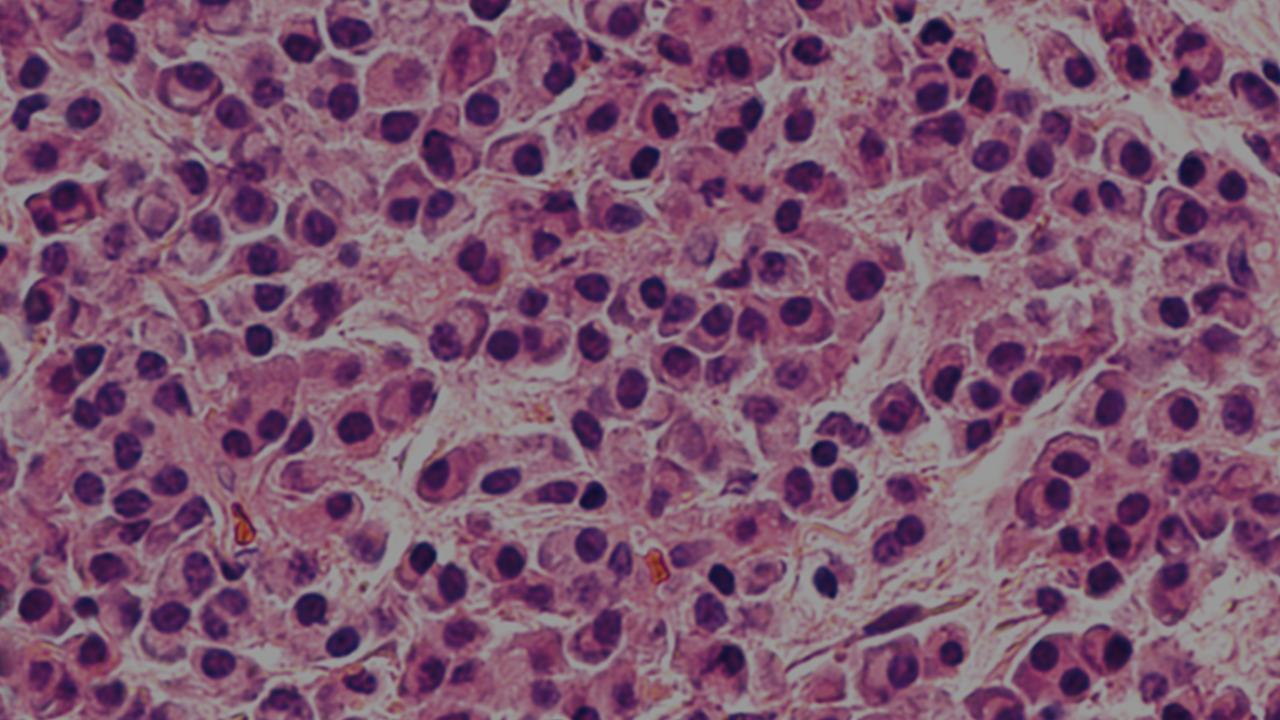Focusing on Diagnosis

A diagnosis of Multiple Myeloma (MM) is based on a number of clinical features and biomarkers. This page will explore the investigative work in more detail.
Diagnostic pathway
Symptoms in MM are often vague and include musculoskeletal pain and tiredness. The presentation of symptoms, the course of the disease and the clinical behaviour vary greatly from patient to patient. Due to this heterogeneous nature it may be challenging for general health practitioners (GPs) to decide on when to refer patients with MM to a haematologist or hospital. As a result, MM patients are more likely than other cancer patients to have three or more GP visits before their referral. The other route of diagnosis is through emergency diagnosis which is usually associated with poorer outcomes.
The MM diagnostic pathway

Diagnostic tests
Diagnosis of MM should be based on the following tests:
- Complete blood cell count, differential serum creatinine, creatinine clearance and calcium level
- Bone marrow aspirate or biopsy: number and characteristics of plasma cells, cytogenetic/FISH analysis
- Immunofixation: heavy- and light-chain characterisation
- Nephelometry:
- Immunoglobulin quantification (IgG, IgA and IgM)
- Serum FLC assay
- Serum and/or urine protein electrophoresis: M-protein quantification
- MRI (whole body or spine and pelvis): evaluation of focal bone lesions
- Whole-body low-dose CT: evaluation of lytic bone lesions
- PET-CT: evaluation of bone lesions
CT, computed tomography; FISH, fluorescence in situ hybridisation; FLC, free light chain; Ig, immunoglobulin; M, monoclonal; MRI, magnetic resonance imaging; PET-CT, positron-emission tomography with computed tomography
Signs and symptoms
Disease presentation and progression can vary significantly from patient to patient. These symptoms are referred to as CRAB (Calcium (elevated), Renal impairment, Anaemia and Bone disease).
Patients most commonly present with:
C

R

A

B

Less common symptoms
Less common symptoms (occurring in 5% of patients) include extramedullary soft-tissue plasmacytomas or spinal cord compression following vertebral fractures. Patients may also present with recurring bacterial infections, with about one-third of patients diagnosed following investigation of elevated erythrocyte sedimentation rate, total protein or immunoglobulins. Patients with increased monoclonal (M) protein can experience headaches, nose bleeds, confusion and blurred vision.
Some patients may consult their GP because of non-specific symptoms such as fatigue or back pain, while others may present at the emergency room with acute symptoms such as a long bone fracture or spinal compression.
Diagnosing Multiple Myeloma
Smouldering MM
The diagnosis of smouldering MM requires the following criteria to be met:
- Serum M-protein of ≥30 g/L or urinary M-protein of ≥500 mg per 24 hours
- 10–60% clonal bone marrow plasma cells
- Absence of any myeloma-defining events or amyloidosis
The role of M-protein
Not all patients with MM have M-protein in their serum or urine. For this reason, the presence of M-protein is not required for a diagnosis of MM; rather, it is used to differentiate between secretory and non-secretory types.
Symptomatic MM
Although each patient may present very differently, the diagnosis of symptomatic MM requires a number of specific criteria.
Patients should have at least 10% clonal bone marrow plasma cells or biopsy-proven bony or extramedullary plasmacytoma, and any one or more myeloma-defining events (CRAB and/or biomarker of malignancy).
CRAB criteria providing evidence of end-organ damage related to the underlying plasma cell disorder:
- Calcium levels elevated
- Renal insufficiency
- Anaemia
- Bone lesions
Any one or more biomarkers of malignancy:
- At least 60% clonal bone marrow plasma cells
- Involved: uninvolved serum free light chain (FLC) ratio ≥100
- At least one focal lesion on magnetic resonance imaging (MRI)
(each at least 5 mm in size)
Find out more

Even with significant advances in treatment, MM remains a challenging disease. Find out more about the evolution of MM.
The right treatment plan can improve a patient treatment response. Find out how treatment response is measured and what strides are being taken to optimise it.